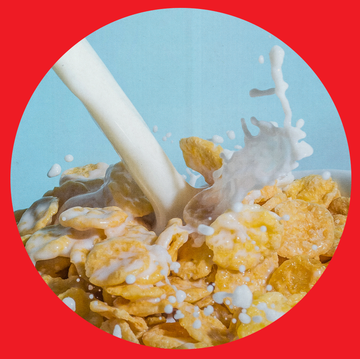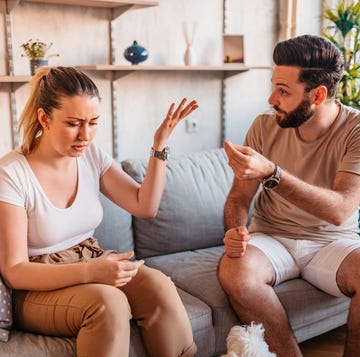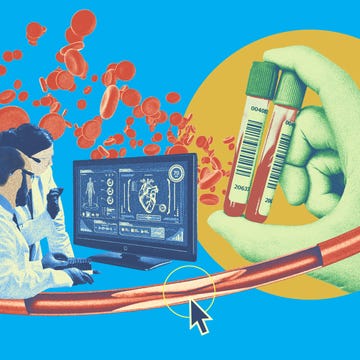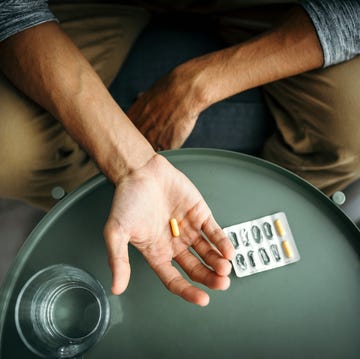When more than 50 soccer players at the University of Washington were diagnosed with cancer, assistant head coach of the women’s soccer team, Amy Griffin, grew suspicious. How could so many players—mainly goalkeepers—develop the disease after joining the team? That’s when Griffin took note of those “little black dots” out on the field, reports CNN.
The team practiced on an artificial turf field made of synthetic fibers and tire crumbs to create the appearance of grass and soil. After Griffin started digging for more information, she found that recycled tire rubber contains potentially harmful chemicals if you’re exposed to it at high levels, she told CNN. Then she created a list of 53 current and former players she knew of that had been diagnosed with cancer. More than 60 percent of the players on the list were goalies and many of the diagnoses were blood cancers, like leukemia and lymphoma, which only solidified Griffin’s suspicions toward the tire crumbs.
“Goalkeepers get it in their sides, hips, elbows, abrasions from sliding on the stuff. So if they have an open sore, not only the black dots but the dust particles that you can’t even see when the tire crumb breaks down so small get in there. I’m sure you eat it and inhale it,” Griffin said. “Just in a 10-minute warm-up, our keepers will hit the ground anywhere from 50 to 100 times.”
Once the University of Washington School of Public Health caught wind of the list, they decided to investigate the connection to see if an unusual pattern had developed. After comparing the cancer rate among the soccer players on Griffin’s list to Washington’s cancer rate among residents of similar ages, they concluded it was actually less than what they expected. Based on what they know, the Washington State Department of Health still “recommends that people who enjoy soccer continue to play regardless of the type of field surface.
But the investigation never actually looked at what caused the cancer in the first place and it didn’t specifically investigate the health risks of crumb rubber fields. Now people are reaching out to Griffin to voice their own concerns—and her list of soccer players diagnosed with cancer has grown to 237.
So is there a link between the turf and cancer? Out of more than 100 studies that have been done in the past, no evidence confirms that contact with or ingestion of crumb rubber increases cancer risk, researchers say. Much more extensive research needs to be done to determine whether or not these chemicals could end up in your bloodstream.
There are certain precautions you can take, like always showering after you play on the turf to limit your exposure to chemicals, the report suggests. But those guidelines weren’t enough for Griffin, who is now partnering with a toxicologist to get more research going. Until science has more conclusive understanding of turf safety— we’re sure she’ll be keeping a close eye on that list.













